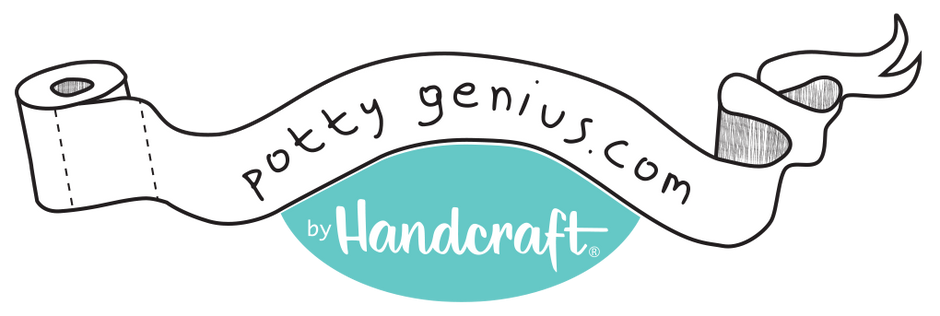Potty Training Children with Down Syndrome
One thing most parents find hard is potty training and training a child with a physical or developmental delay can be exhausting. As a mom to two children with Down Syndrome, we have definitely had our struggles and still do. According to the American Academy of Pediatrics, a child should show interest in potty by following your directions and should stay dry for at least two hours before you decide to start the process.
Children with Down Syndrome have low muscle tone which can impact bladder control and bowel function. Age is important to see readiness in the child, often parents start getting anxious around 3 years of age as most children are already trained by then. But several factors come into play for children with Down Syndrome such as:
- Walking ability: Children with DS take longer to achieve this milestone and several aren’t even walking by 3.
- Core strength: Having a strong core is necessary to be able to physically position themselves on the toilet. Core strengthening exercises help with body awareness and movement.
- Abdominal strength: Ability to sense their bladder filling up, to use their abdominal muscles to hold it in, and squeeze require strong abdominal strength.
- Balance and Depth Perception: Physical ability to balance oneself on the toilet and not fall off is very important.
A child with Down Syndrome will show the same signs of readiness but they might come later than the typically developing child. For our kids, the reward system was the most important, we had a mix of their favorite stickers, snacks, or time on the iPad. We had a foot stool that went around the toilet which was helpful for balancing up until the kids feet didn’t touch the ground. Squatty Potty is a great stool that helps children to balance their feet on the sides instead of just the front of the toilet. A small railing on one side of the wall next to the toilet seat can be useful as it can help the child to hold on to something while sitting. Always make sure to praise your child at successful potty attempts.
It’s important for children to know the sequence of events. It might be helpful to make sequence cards with steps to toileting for example pull down pants, hold the rail, step on stool, sit on toilet, wipe, etc. Visuals of the steps are easy to understand and can be helpful if placed on the wall next to the toilet. It’s important that children are able to communicate their needs either verbally or with sign language or with help of pointing to charts.
Overall, a child should be able to follow simple directions, be able to pull down their own clothes, and be able to stay dry for a while. Best thing is to switch out diapers to underwear that the child picks out himself, like character underwear. Offer incentives or prizes to encourage your child. Sticker charts are also very helpful, fill a sticker chart each time your child goes potty and offer a reward at the end of the completed chart. Let them pick their reward big or small. Also, make it fun by using a visual schedule to reinforce verbal directions and steps to the process. It's important that they are able to request and communicate the need to go and have an awareness of the routine.
Blog Post written by Sadia Waheed @uppingthedownsgame on Instagram https://www.instagram.com/uppingthedownsgame/

